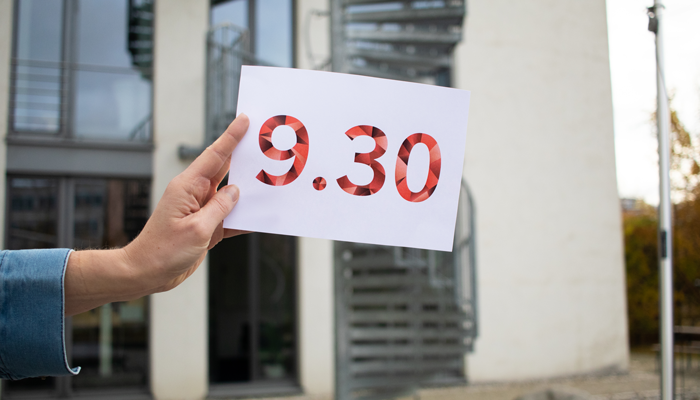

It’s update-time again: In Sprints, our developers have optimized and enhanced our UI tool Embedded Wizard, to guarantee you as a developer the best user experience.
Here is a brief overview of the updates in the 9.30 release:
Memory usage monitoring (RAM & Flash)
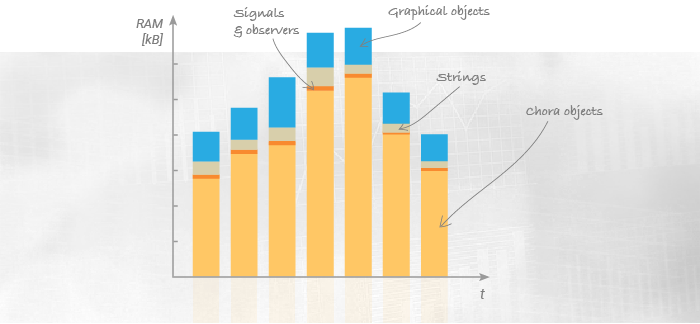
We added the possibility of monitoring. A bar chart shows the estimated total memory usage (RAM) of the developed application and reflects the memory requirements of the application within the real target device. Additional information about the lowest possible configuration parameters for various buffers and caches estimated during application runtime is provided.
During code generation, Embedded Wizard calculates the size of the flash memory required by the target system for the entire application. The generated report is saved as an HTML file.
Better Multi-touch Support
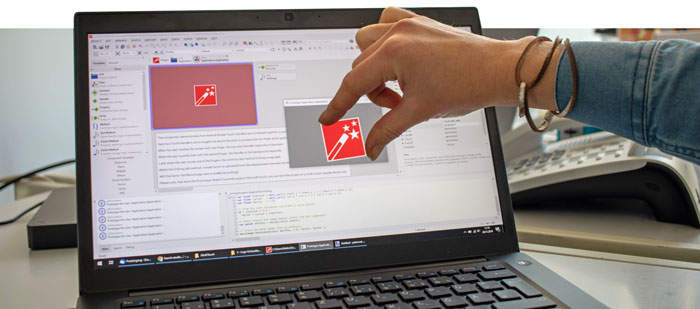
The Studio and Platform Packages have been enhanced to respond to multi-touch events. Even if the PC does not include a multi-touch-enabled display, multi-touch interactions with the mouse and keyboard can be simulated.
The EventHandlers Simple Touch, Wipe Touch, Rotate Touch and Slide Touch each have been enhanced with the NoOfFingers feature. With this property, the EventHandlers can be configured to react and process gestures only when the user has placed the specified number of fingers in the handler area.
Improvements in the Mosaic Framework
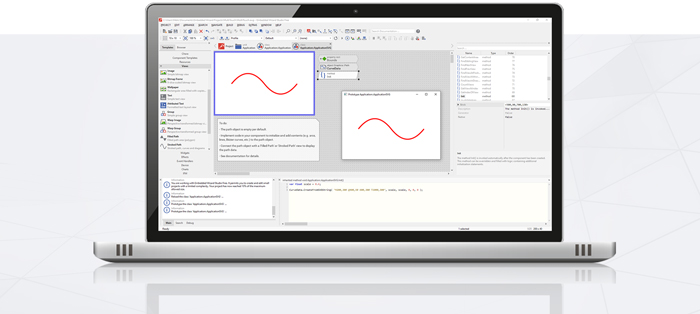
In the Mosaic Framework, we added several updates, 10 of them.
Important to mention is the faster and easier creation of vector graphics from SVG paths, e.g. you can export vectror graphics as .svg files and import its path data directly into your Embedded Wizard GUI project.
Improved Support of
Animated Bitmap Sequences
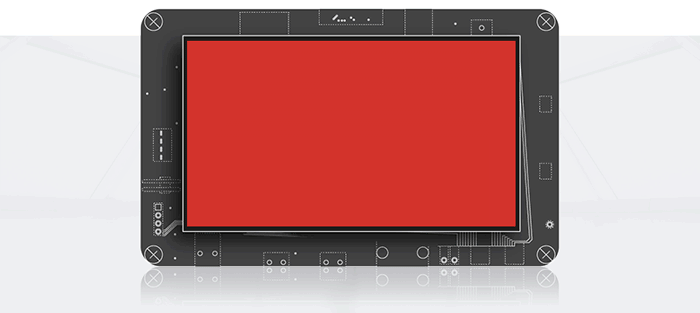
The graphics engine can now be configured to load bitmap resources on-demand (“lazy loading”). When this mode is enabled, compressed images are only loaded into the memory (RAM) when a current frame is scheduled for a drawing operation.
Moreover, Embedded Wizard now supports Motion JPEG format (MJPEG file). AIl frames are loaded from the MJPEG and converted into a single multi-frame bitmap. This is especially useful for adding splash screens or short video sequences to the GUI project.
In addition to this, code generation has been optimized to detect and eliminate frames from a multi-frame bitmap with the same content. Only single frames are generated which do not unnecessarily occupy the flash memory.
Of course, the release also includes some bug fixes. Discover all the new features in 9.30 Embedded Wizard:
Have fun with your development!
If you need help, you will find our range of services here.
